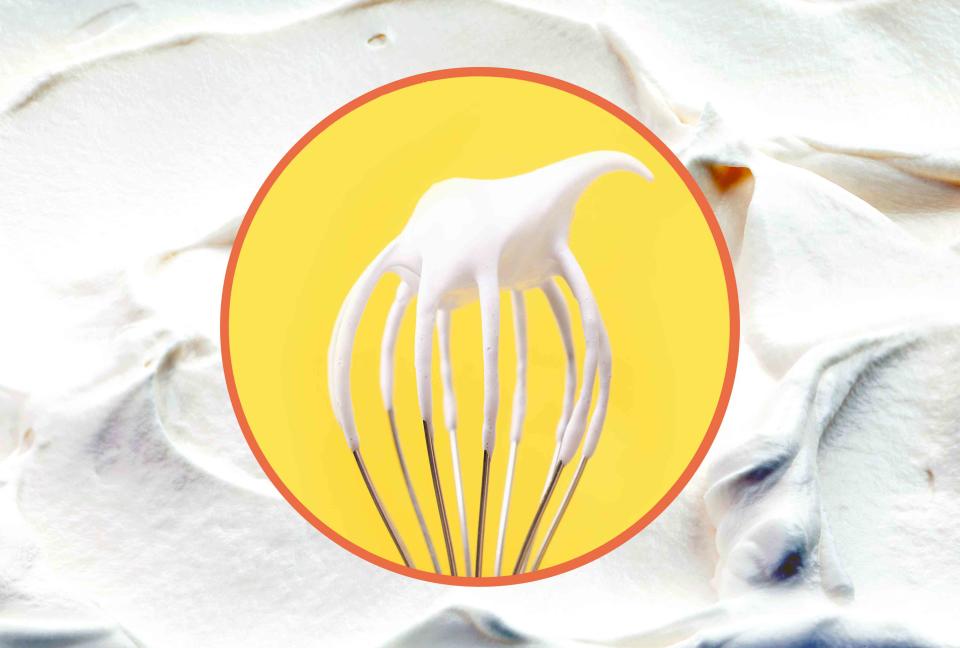Heavy Cream Vs. Heavy Whipping Cream: What’s the Difference?
This one goes out to anyone who's ever been heavily confused by this creamy dairy duo.

Food & Wine / Getty Images
We’re all guilty of using heavy cream and heavy whipping cream interchangeably. Whether we see them listed in an ingredient list for cozy chowders, a velvety alfredo sauce, or juicy butter chicken, our purchasing decision often comes down to whichever product happens to be available at the store. The question remains: Does it matter which one you use? Here’s everything you need to know next time you find yourself pausing in the dairy aisle.
What is heavy cream?
Heavy cream is a byproduct of whole milk, specifically the layer of fat removed as the whole milk is skimmed and before the milk is homogenized. It’s rich, fatty, with a distinctive viscosity. Its texture and subtle flavor make it a wonderful thickening agent, giving sauces, soups, and stews a bit of extra-luxurious oomph. And of course, who can forget about ice cream?
The process of making cream is not new, but technology has evolved over the years, especially in terms of speed and efficiency. One of the biggest breaks in dairy production came in 1864 when German master brewer Antonin Prandtl invented a centrifuge-type machine used to quickly separate cream from milk. Today, centrifuges are still a huge part of dairy production.
Related: These Are the Best Substitutes for Heavy Cream
Heavy cream vs. heavy whipping cream
Heavy whipping cream is made using the same process as heavy cream, but the difference lies in the fat percentage. According to the Food & Drug Administration (FDA), heavy cream must contain at least 36% milkfat. (Some restaurants use heavy creams with as much as 40% milkfat!) Heavy whipping cream, on the other hand, can contain anywhere from 30–36% milkfat.
Can you substitute heavy cream for heavy whipping cream?
Absolutely! You can easily swap heavy cream for heavy whipping cream and vice versa in recipes. Ironically, heavy cream’s higher milkfat percentage makes it the best candidate for whipping. The additional fat makes heavy cream sturdier and therefore easier to whip into stiff peaks than heavy whipping cream, despite the latter’s name. Remember this tip next time you’re making a show-stopper pavlova or airy chiffon cake.
For more Food & Wine news, make sure to sign up for our newsletter!
Read the original article on Food & Wine.

 Yahoo Lifestyle
Yahoo Lifestyle 
